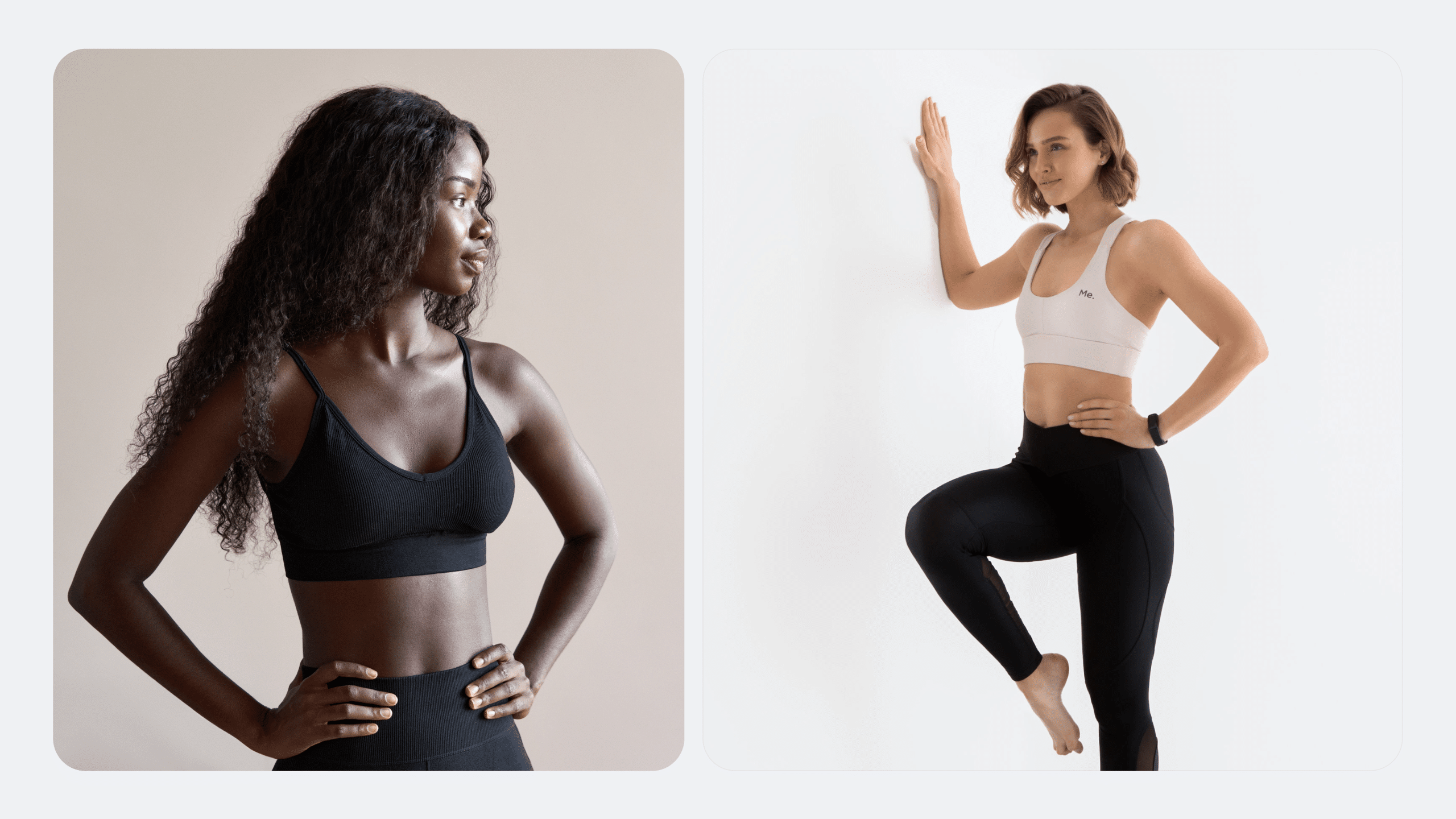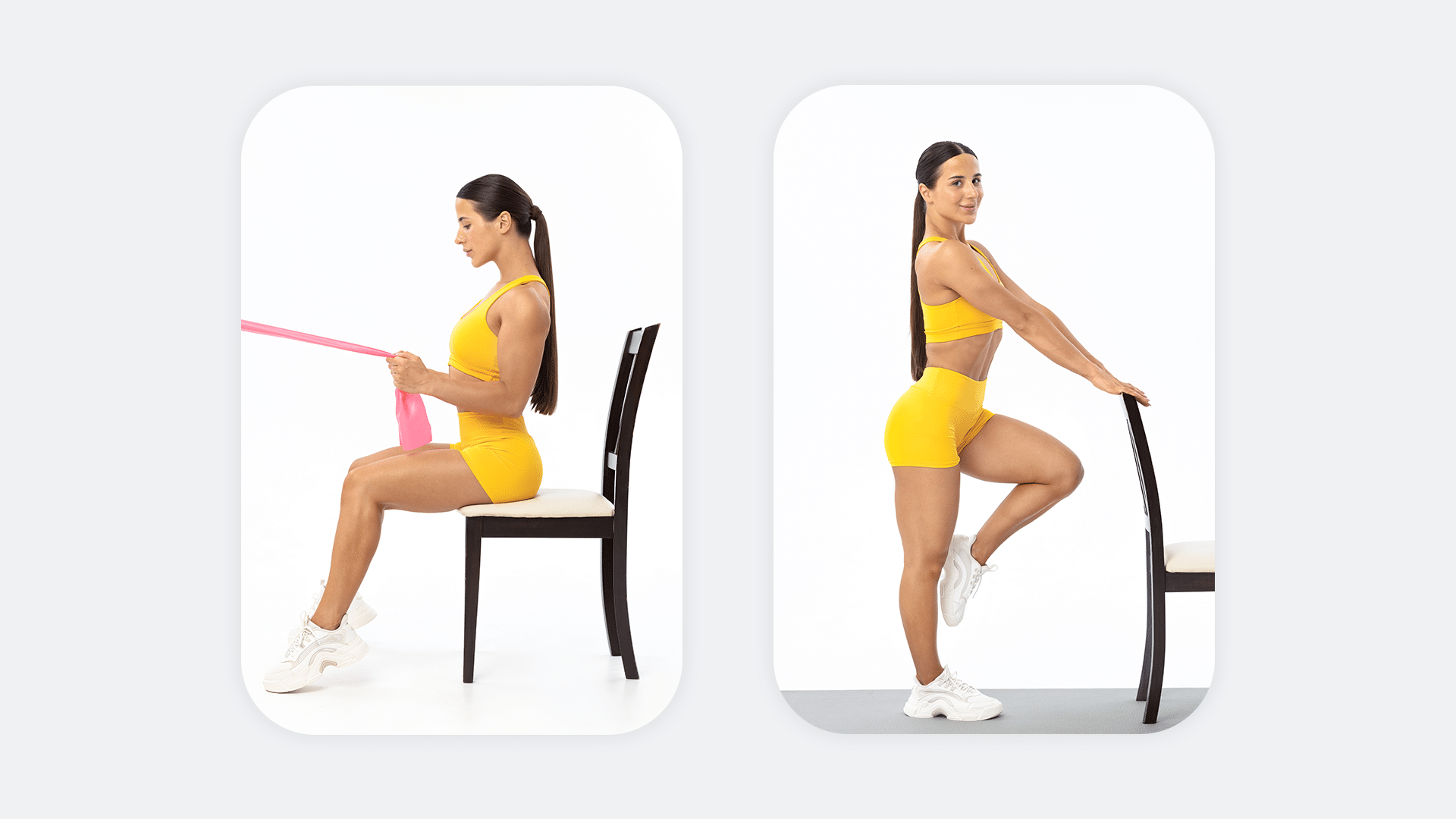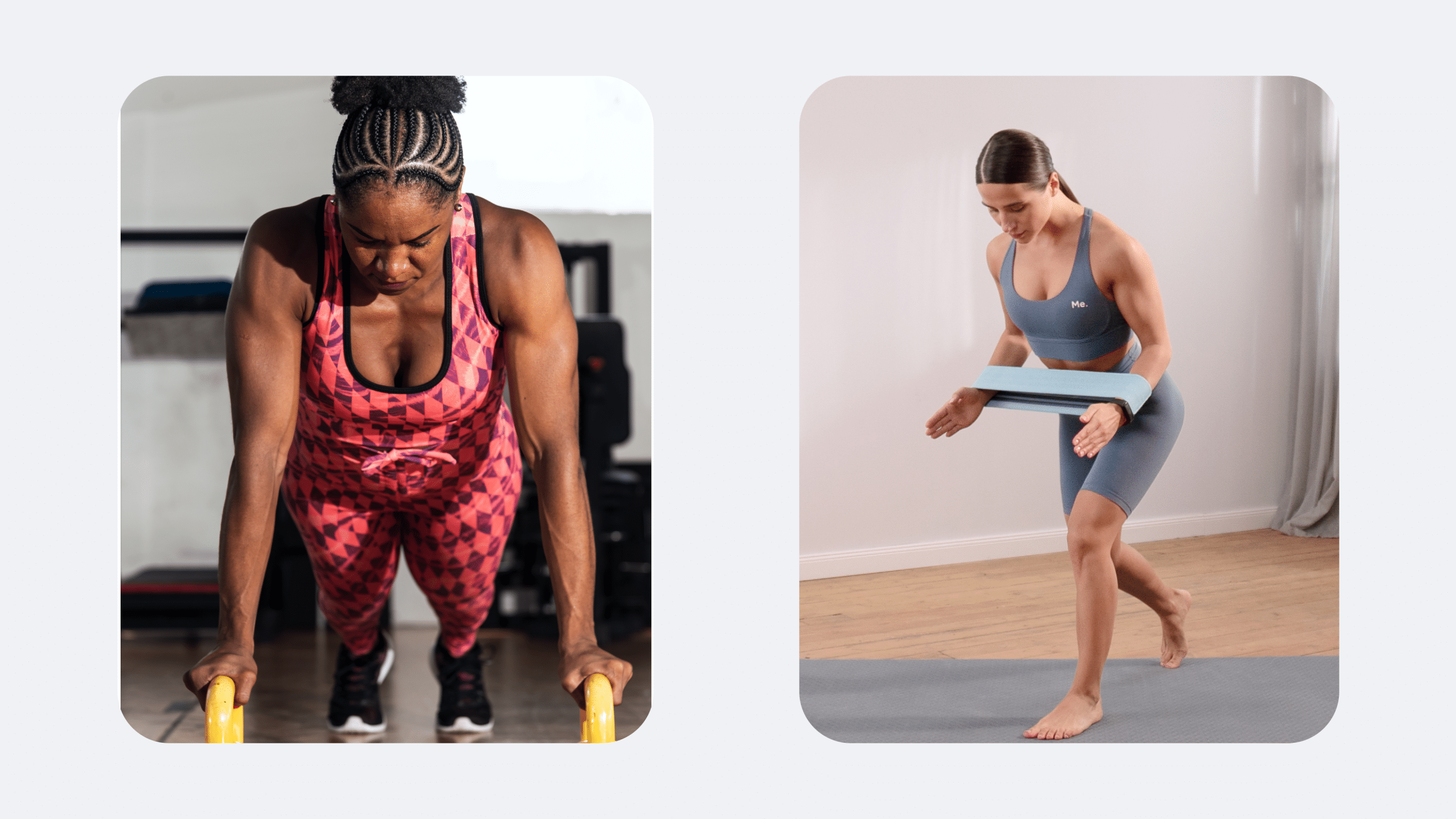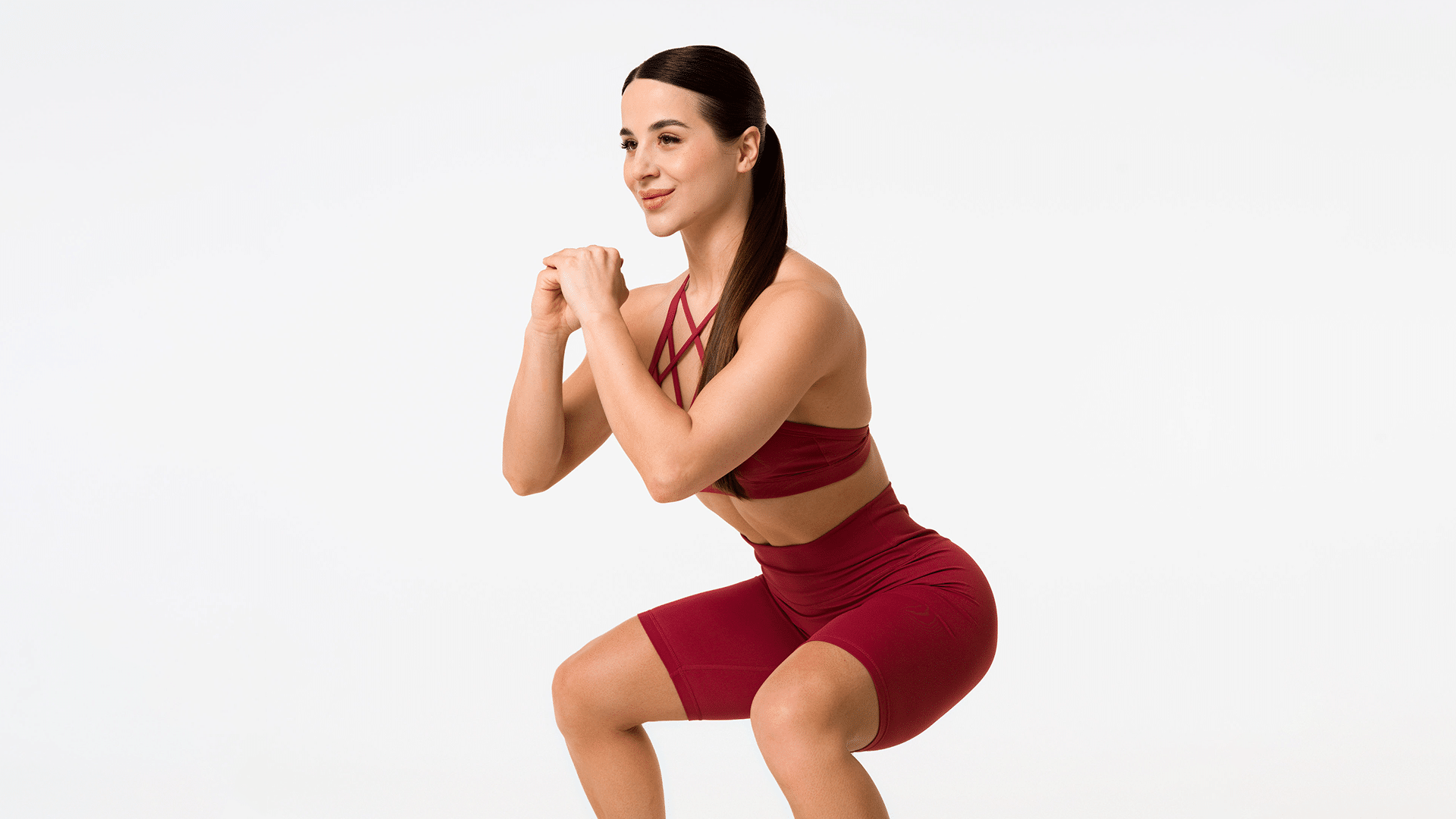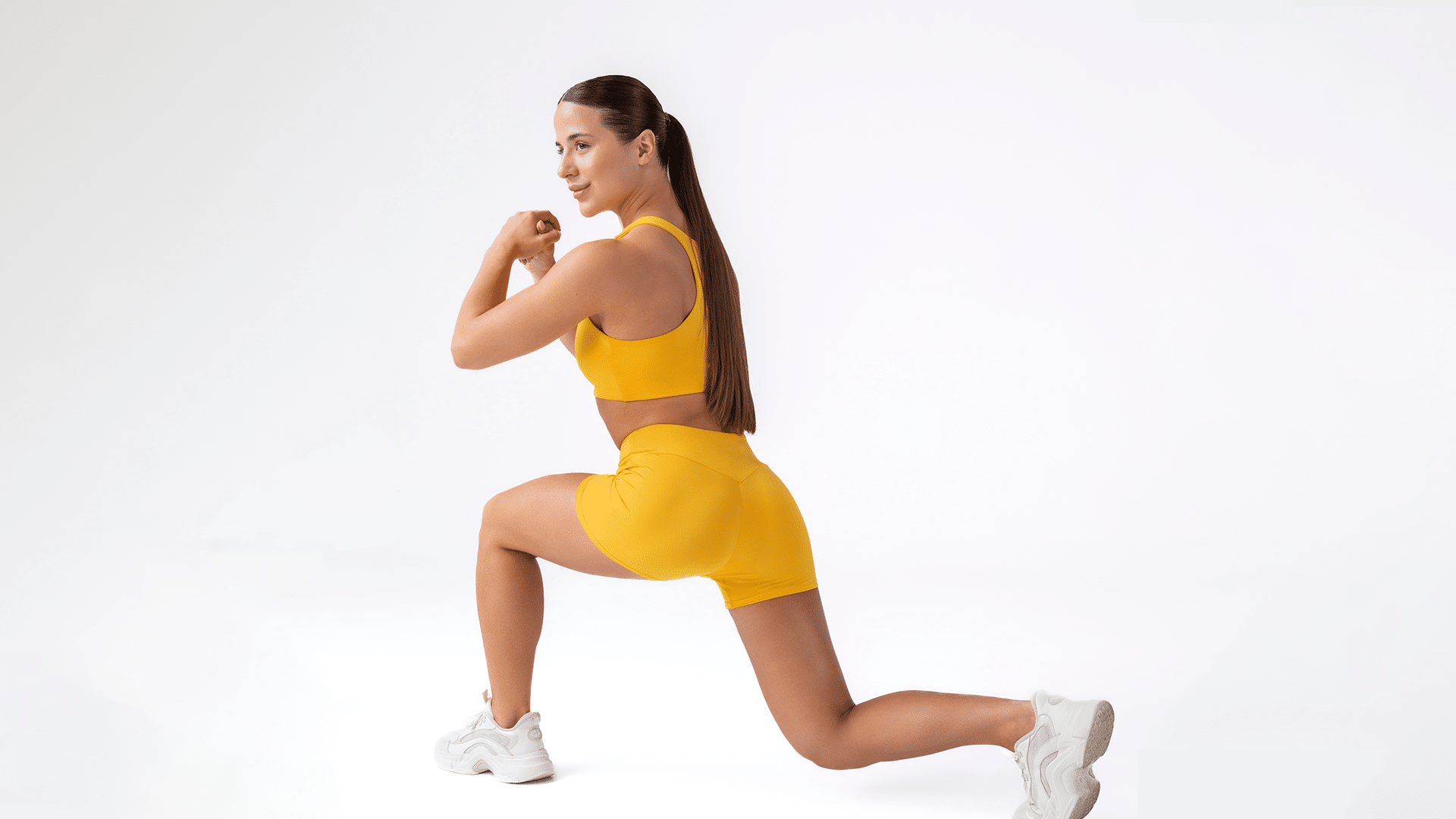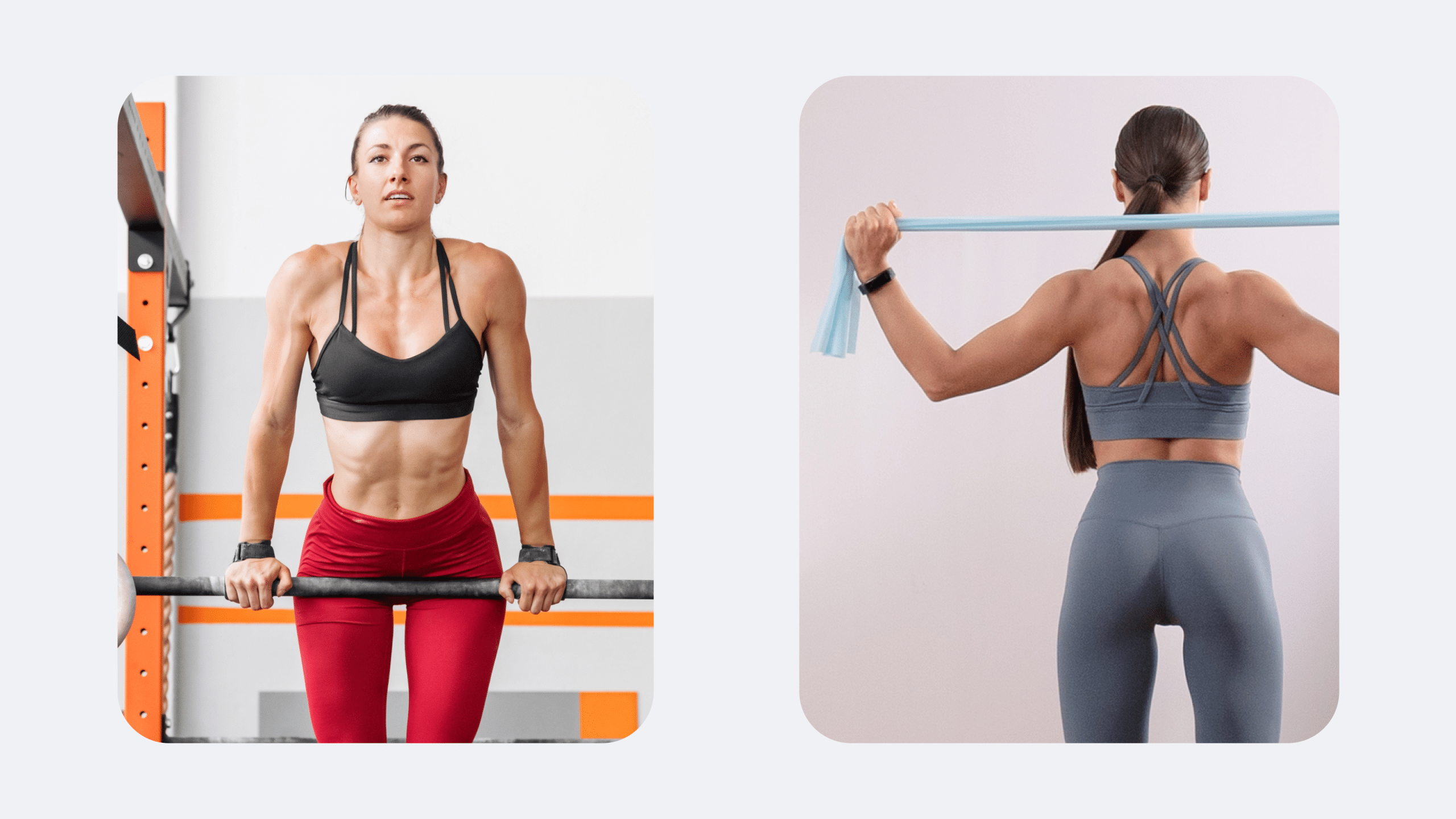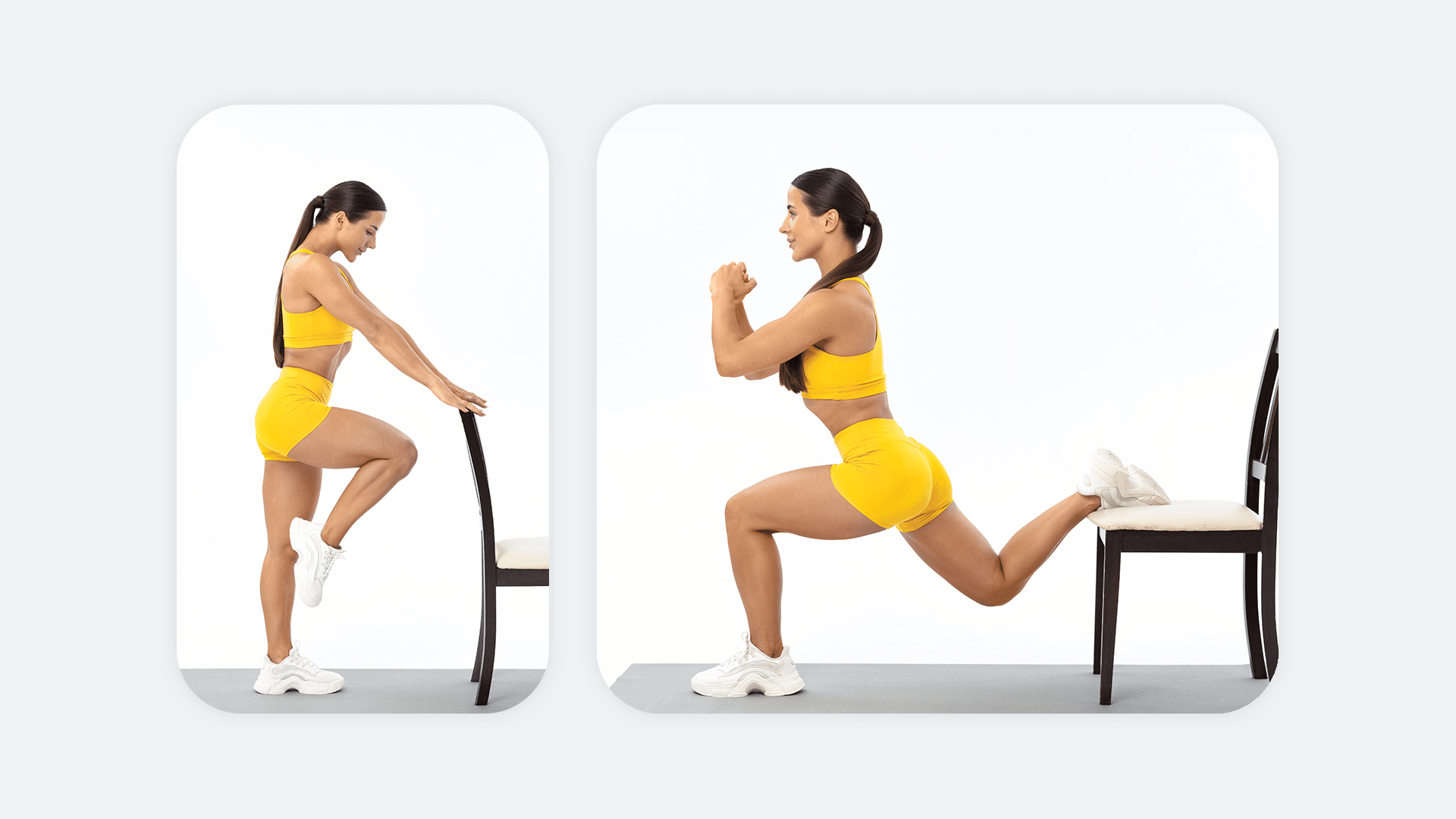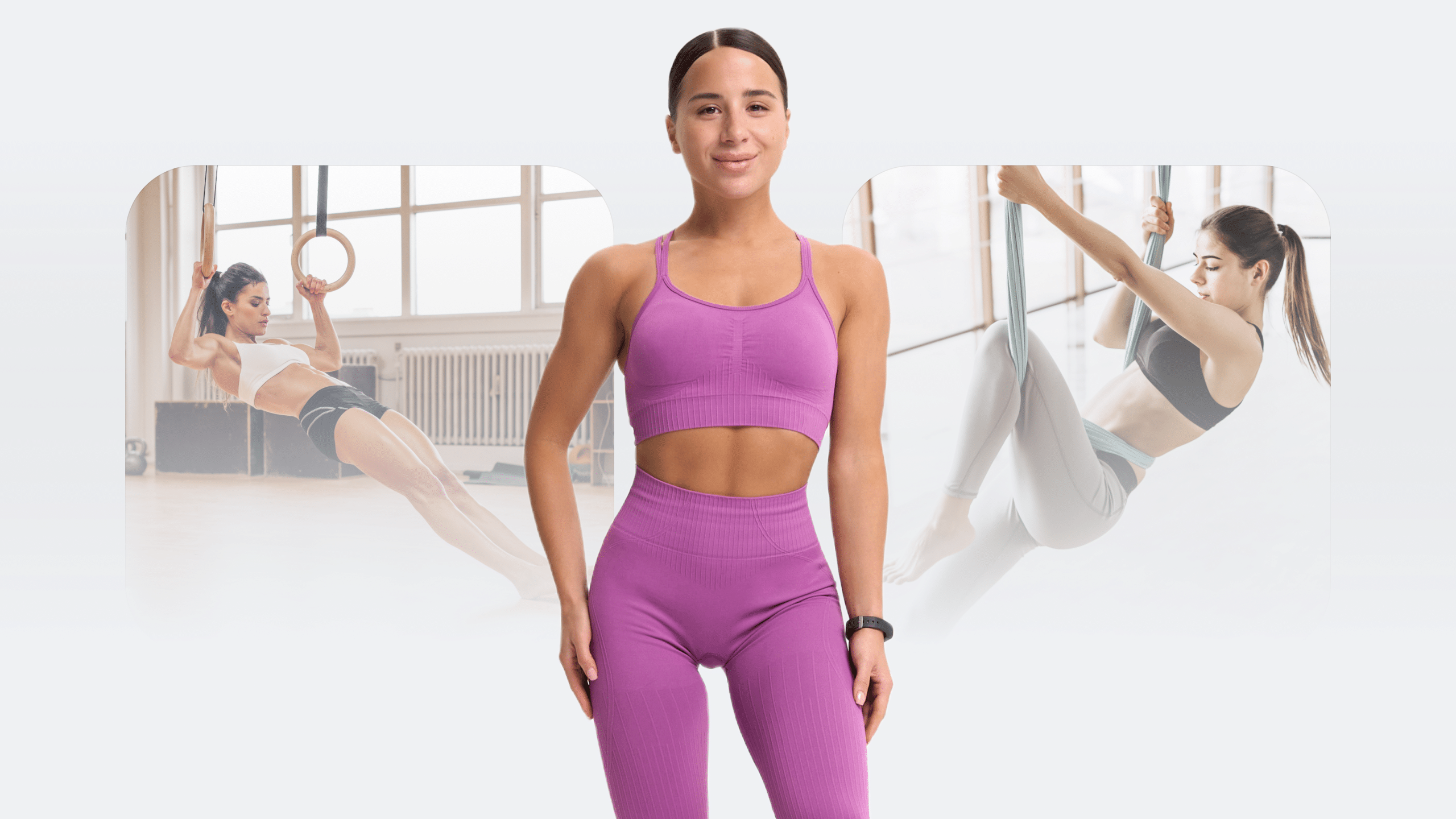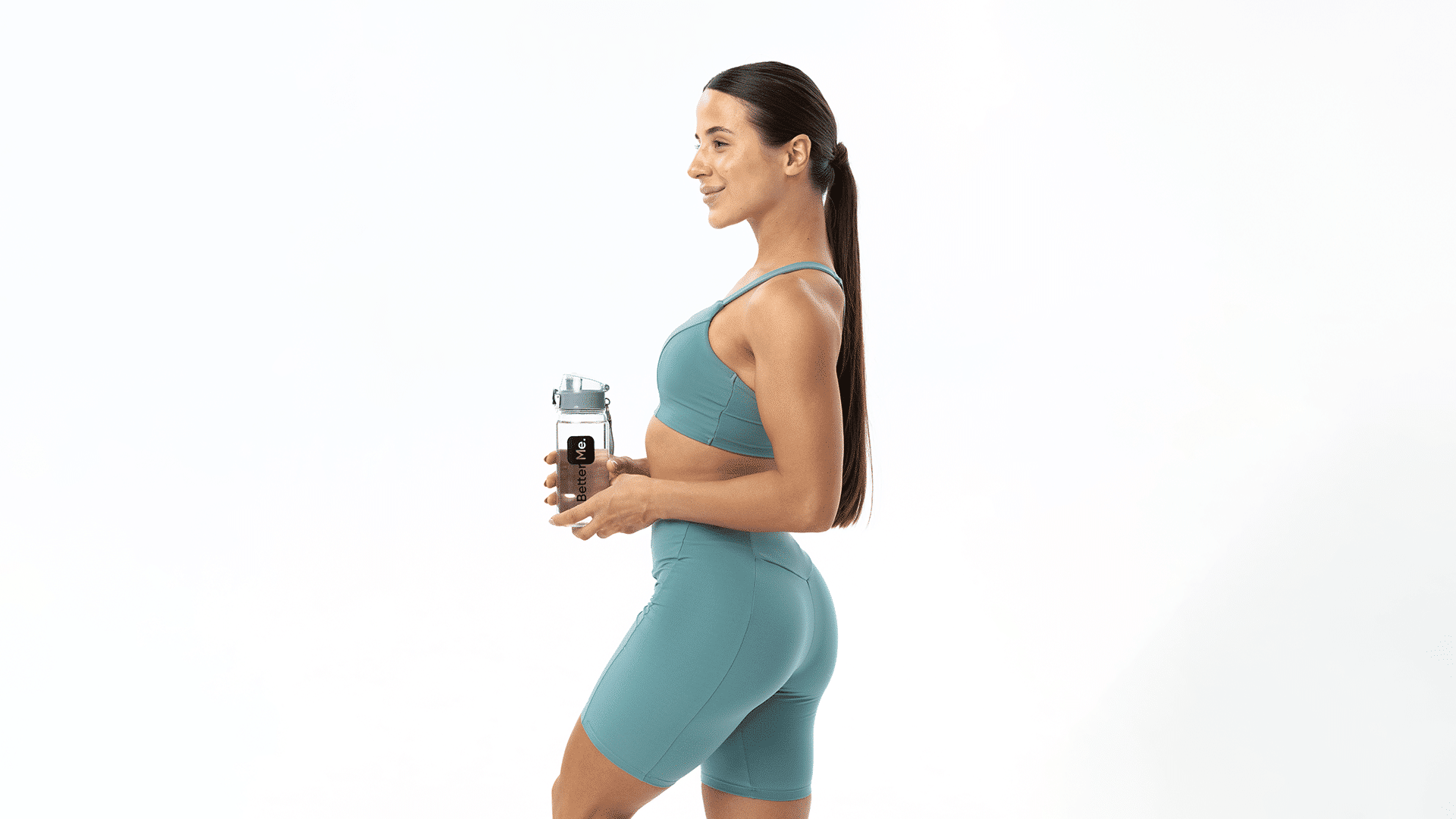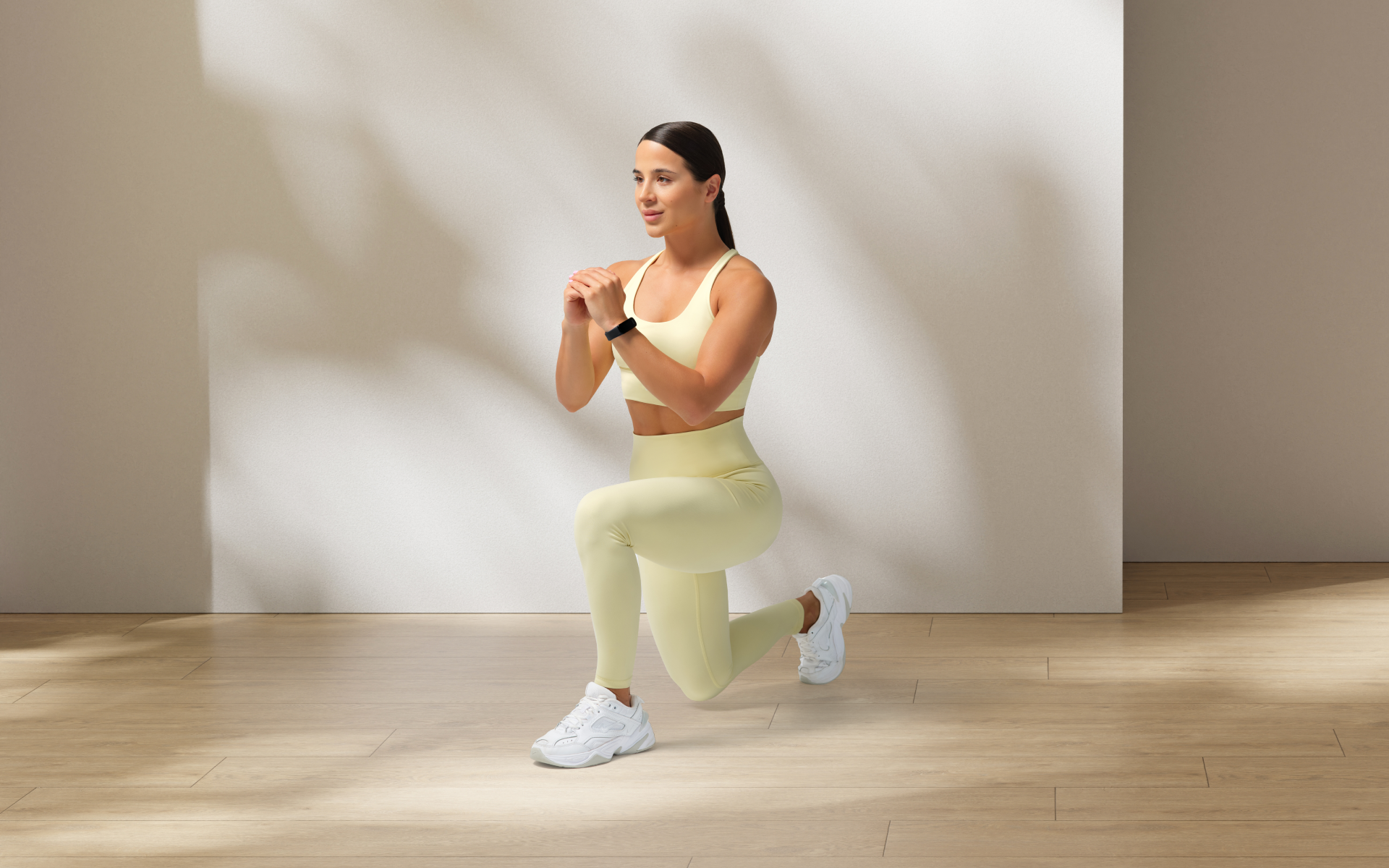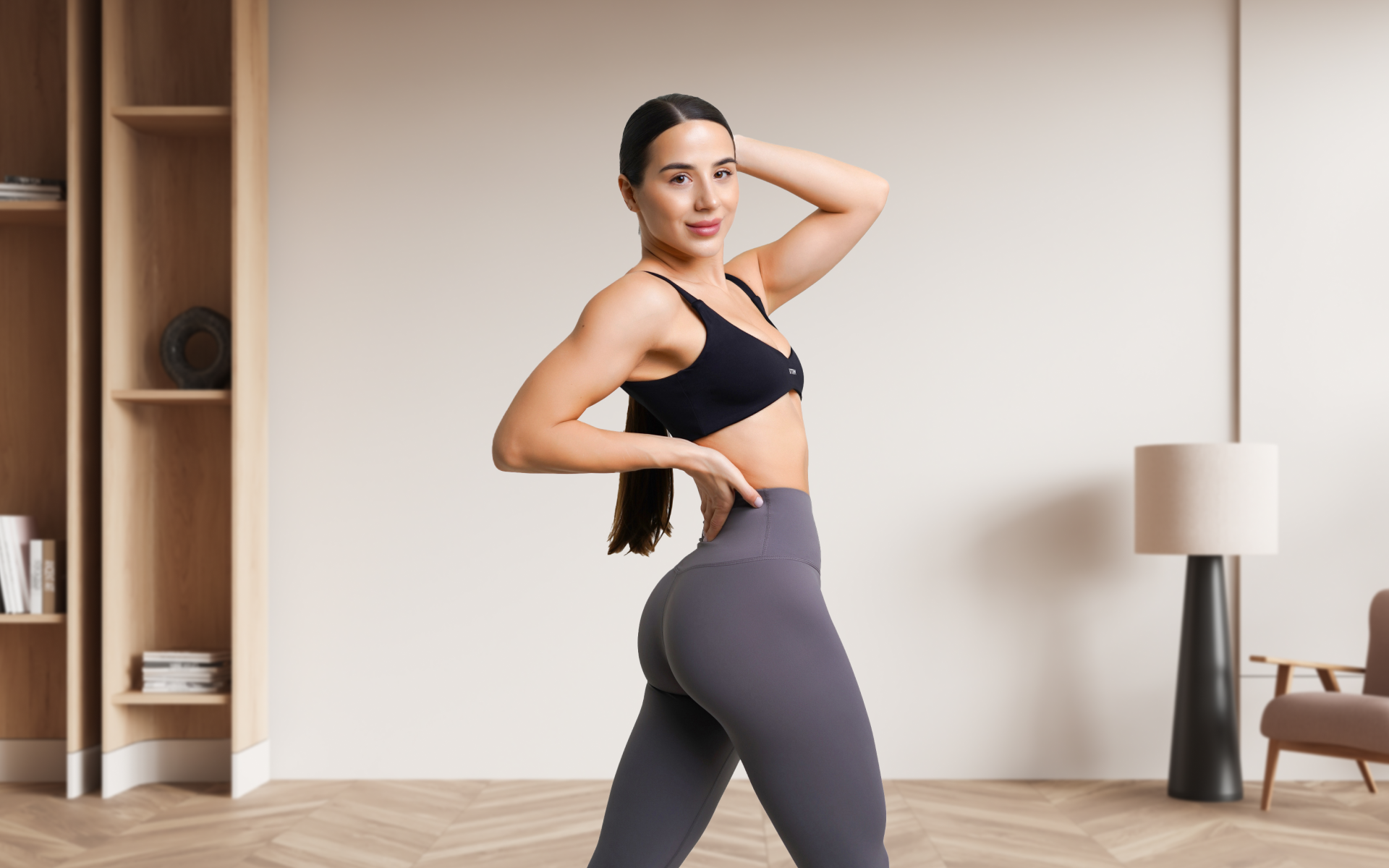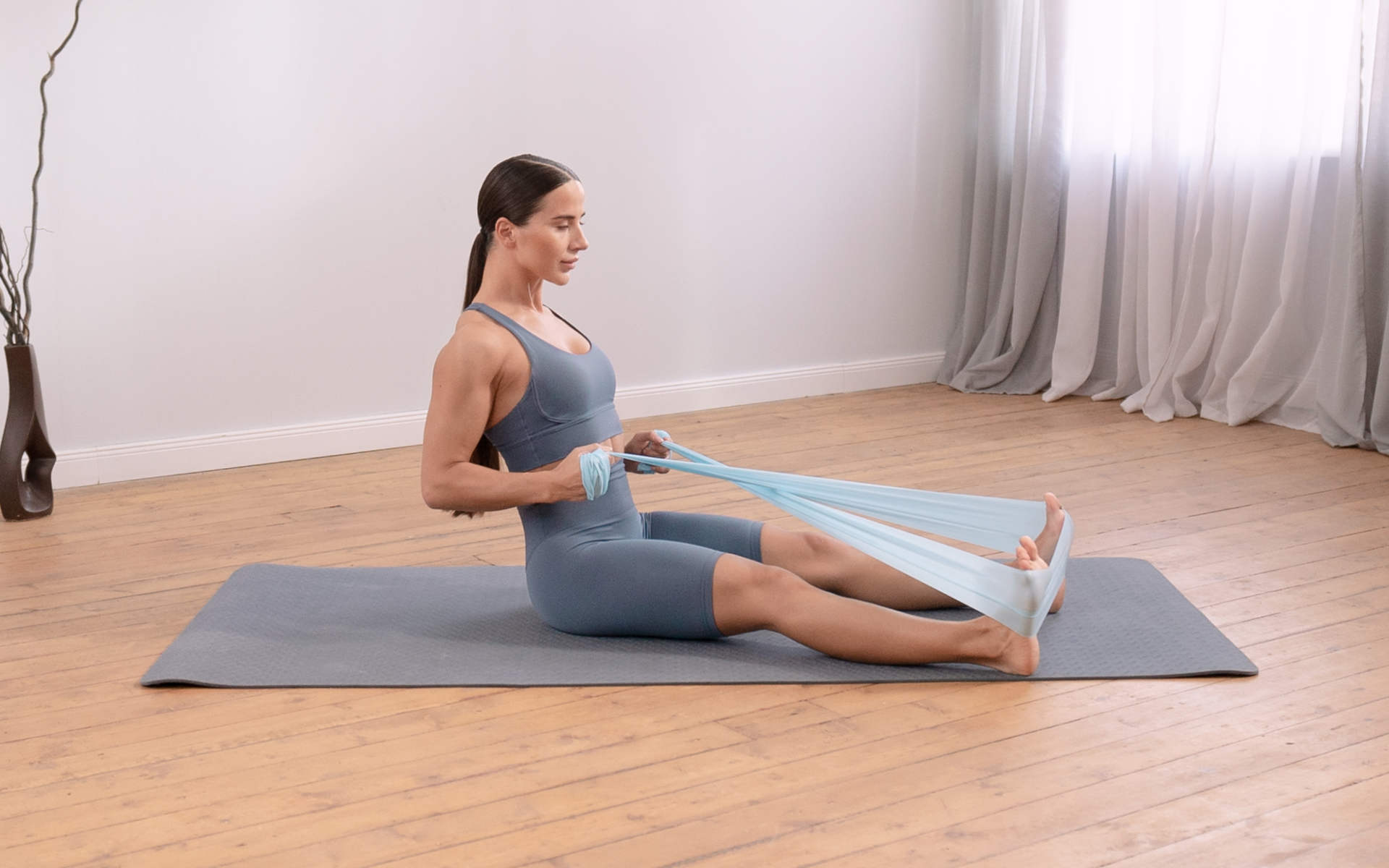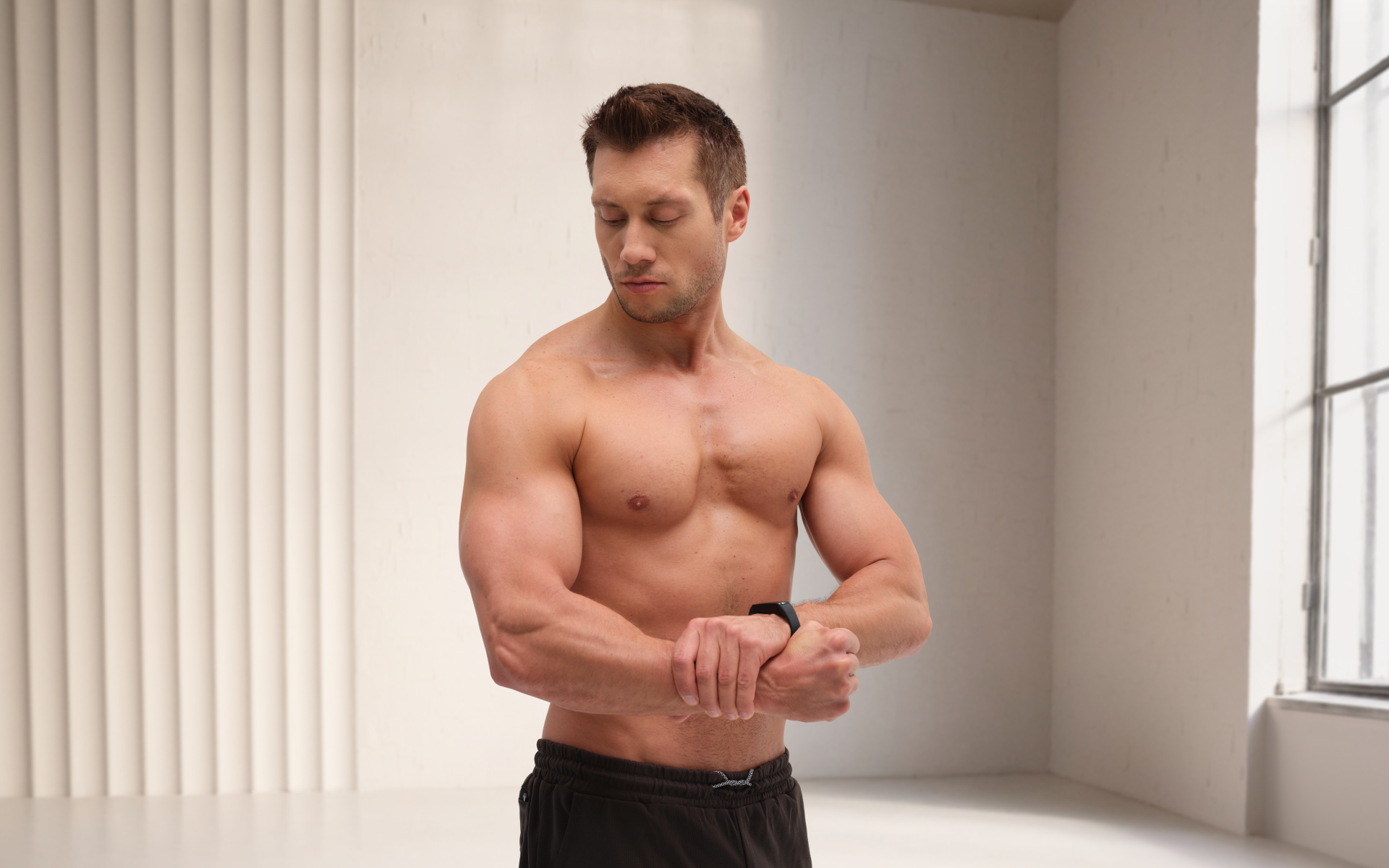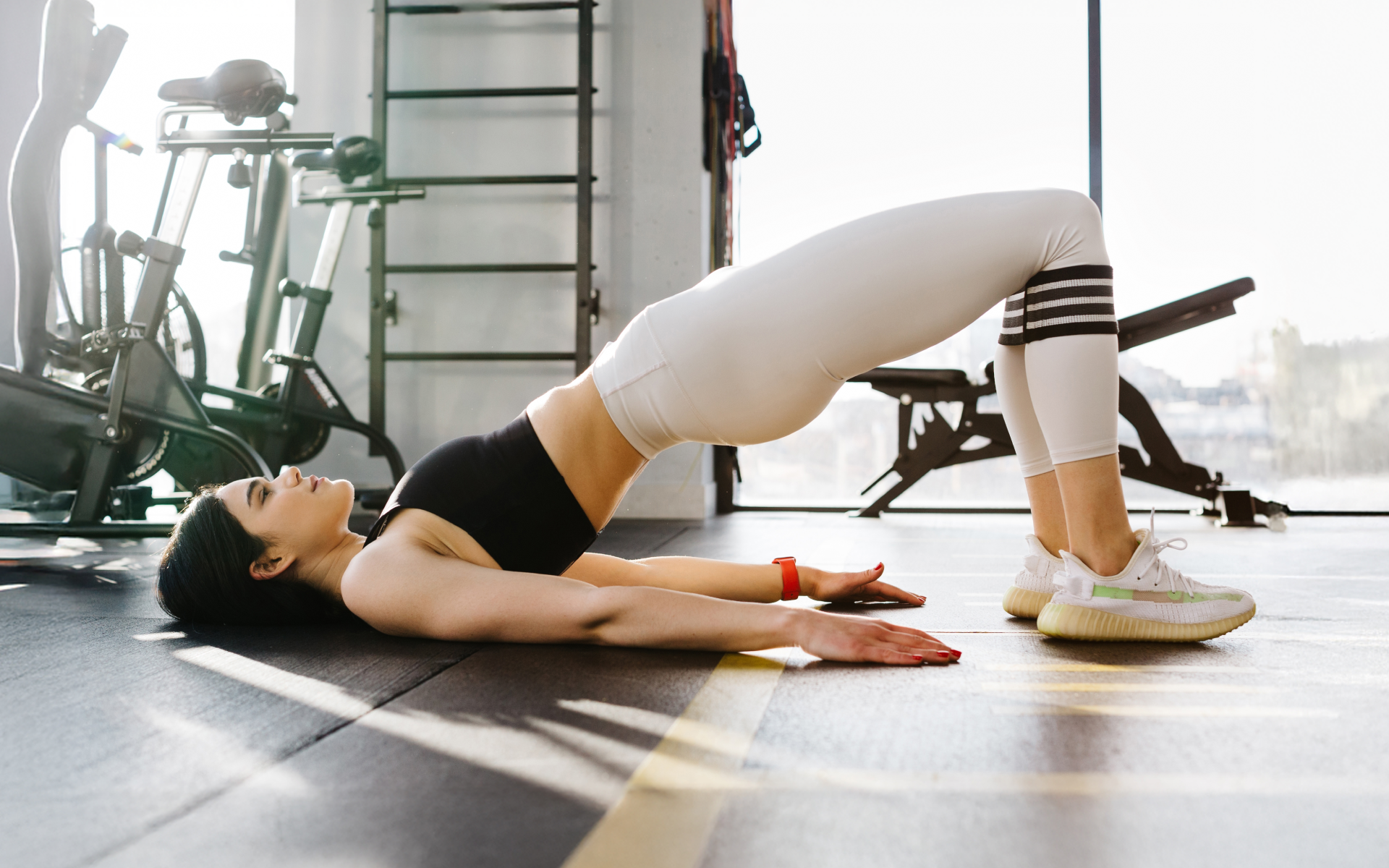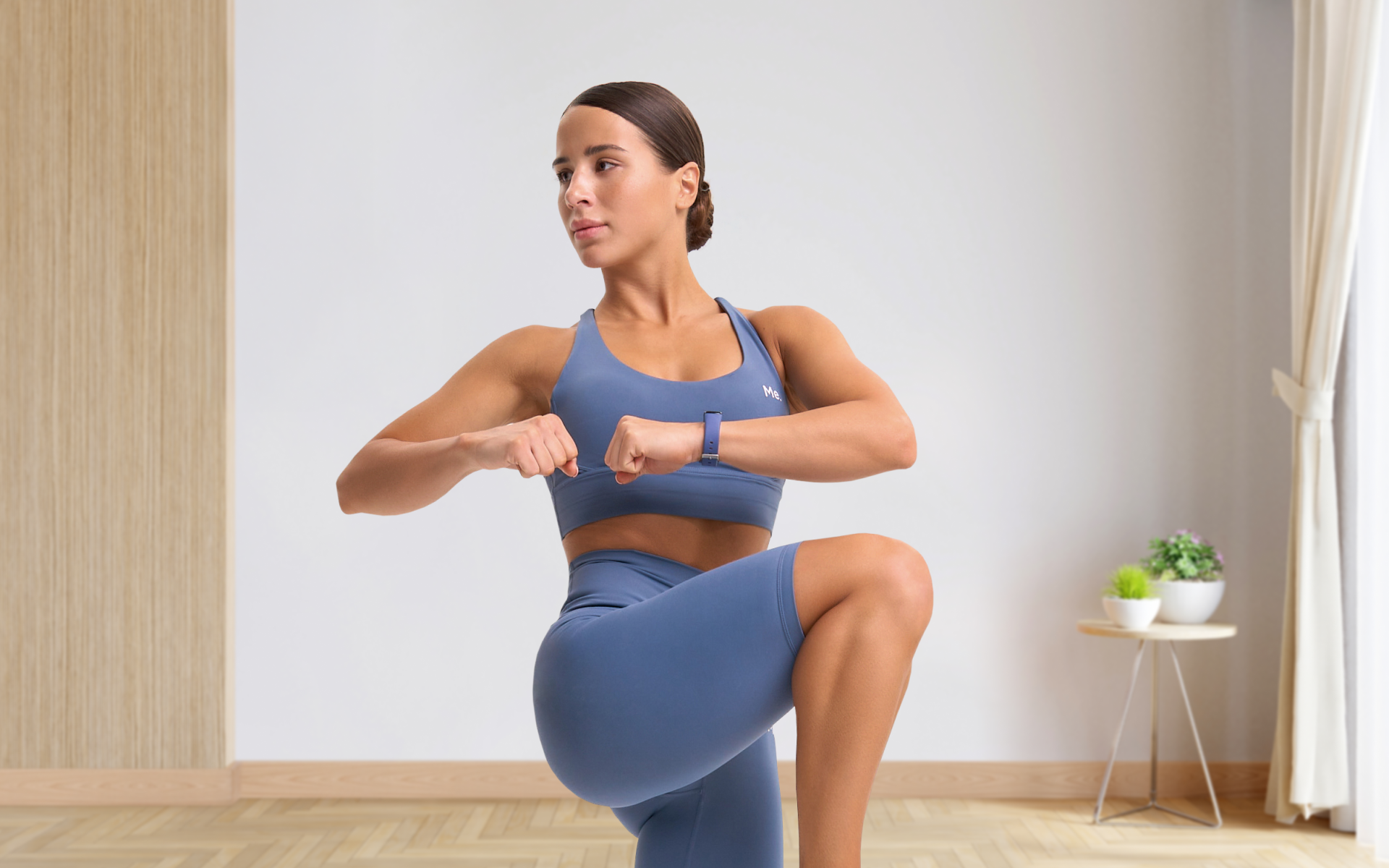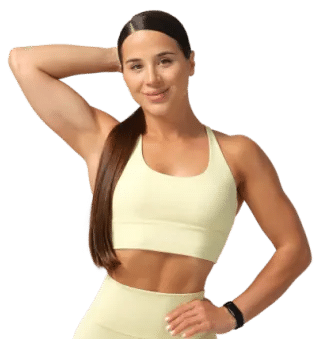The best calisthenics workout isn’t difficult to create. It can help improve strength, endurance, and flexibility without requiring weights or any other equipment. It can also help burn extra calories, which can lead to weight loss. Keep reading to learn how to create the best calisthenics workout for your fitness level to achieve your goals, whether they be strength building, increasing size, or weight loss.
What Is the Best Calisthenics Workout?
The best calisthenics workout plan for you will depend on your fitness level and your fitness goals. However, most will aim to target all the major muscle groups so you get a complete workout. The workouts will also get harder by adding more challenging exercises and/or adding more sets and repetitions as you become stronger and the exercises become easier. Performing these exercises several times a week, together with a good diet, can help you achieve excellent results (1).
Calisthenics Workout for Beginners
Beginners may have a difficult time performing some of the more advanced exercises and will need to work up to them slowly. They may also need to do fewer exercises per workout and take longer rest periods between workouts to recover completely. It’s important to start with the basics and build from that foundation as you get in better shape.
Reverse Lunge
Reverse lunges are a great exercise that targets your hamstrings, quads, and glutes through a lead leg closed-chain movement pattern. For those with knee and ankle pain, reverse lunges (or split squats) are typically a better fit than standard forward lunges, which involve an open-chain lead leg movement pattern that places more stress on the lead knee and ankle (2).
- From a standing position, bend one knee and take a step back with the other leg, lowering your body and putting it into a lunging position so the front knee is at a 90-degree angle and the back knee is lightly touching the floor.
- Slowly raise your body back up to a standing position using the strength in your forward knee as you step forward with your back leg.
- Repeat with the other leg to complete one rep.
- Do 2-3 sets of 3-4 reps for each leg.
- Increase the repetitions or sets as you become stronger to ensure progressive overload, leading to continued improvement.
Looking for a way to break the vicious cycle of weight loss and tone up all the jiggly parts? Watch the extra pounds fly off and your muscles firm up with the BetterMe app!
Assisted Squats
Squats are a fantastic exercise that primarily works the hamstrings, quads, and glutes, while also getting some stability support from the core, calves, and hips (1). Some beginners struggle to perform squats with proper form. To improve strength in these areas more comfortably, a beginner can use assisted squats (sometimes called “box squats” or “sit-to-stands”) (2).
- Find a chair or table that is approximately knee height you can use for this exercise. Face away from it with your feet slightly wider than hip-width apart.
- Slowly lower yourself down to a seated position.
- Pause briefly before slowly raising yourself back up to the starting position.
- Start with 2-3 sets of 5 repetitions and progress the repetitions as appropriate for your fitness level and strength progression.
Knee Push-ups
Many beginners struggle with push-ups. Failing to perform push-ups (or any exercise) with proper form and pushing through with problematic compensations can lead to injury and discouragement. Fortunately, there are many push-up regressions that can be used as stepping stones to get you to the point where you can perform push-ups correctly and safely. Knee push-ups can help you prepare by making the exercise a lot easier while still targeting a lot of the same muscles (2).
- Get into a push-up position but balance on your knees rather than your toes.
- Lower your body down slowly, making sure not to flare elbows too far out to the sides. Elbow position can vary considerably depending on your goals, but make sure not to raise your elbows past approximately 70 degrees of shoulder abduction.
- When you reach the floor, use your arms to slowly push yourself back up to the starting position to complete a single repetition.
- Do 2-3 sets of 5-10 reps.
- Increase the repetitions or sets as you become stronger to ensure progressive overload, leading to continued improvement.
Read more: Benefits Of Push Ups Every Day: The Gains And Possible Risks
Bird Dogs
Bird dogs are an excellent calisthenic exercise that works your core, shoulders, and legs (2).
- Get on your hands and knees on the floor with your knees and hips bent at a 90-degree angle.
- Lift one leg off the floor away from your body while extending the opposite arm out, causing you to balance on one arm and the opposite leg.
- Stay balanced and in position for 3-5 seconds before switching to the other side and doing the same to complete a single rep.
- Do 2-3 sets of 8-10 reps.
- Increase the repetitions or sets as you get stronger to ensure progressive overload, leading to continued improvement.
Intermediate Calisthenics Workout
As the beginner exercises become easier, moving to more difficult intermediate exercises will help ensure progressive overload, which will lead to continued improvements, particularly if you set time aside to do them several times per week.
Squats
As previously mentioned, squats are an important part of a calisthenics workout and are one of the best ways to strengthen the posterior chain and quadriceps. Removing the chair or a cable that you used in the beginner workout will force you to focus on controlling your body through the eccentric portion of the exercise (2).
- Focus on keeping your back in a neutral position while using your legs to lower your body to a depth where your thighs are parallel to the floor (or as low as you can go while maintaining proper form).
- When you reach the desired depth, use your legs to push yourself back up.
- Do 2-3 sets of 5-10 reps.
- Increase the repetitions or sets as you get stronger to ensure progressive overload, leading to continued improvement.
Traditional Plank
The traditional plank is a great exercise for strengthening your core. Planks primarily target your abdominal muscles, anterior shoulders, and hip flexors (2).
- Lie face down on the ground and prop yourself up on your elbows.
- Engage your core to raise your body off the ground so your elbows and toes support it in a position that is quite similar to that of a push-up.
- Hold the position until you’re nearing failure, then lower your body back to the ground.
- Repeat 4-5 times, increasing the duration as you become stronger for continued improvement.
For more details about calisthenics workout for abs, take a look at our prior publication.
Lunges
Lunges are a fantastic exercise that can quickly build strength in your legs, particularly in the quads. However, if they’re not performed with proper sequencing and alignment, they can result in significant patellofemoral stress, which is yet another reason to make sure you focus on quality over quantity as you progress through your calisthenics program (2).
- Start standing up straight with your feet hip-width apart. Take a step forward with one leg, making sure to keep your chest up.
- Bend both knees to lower yourself toward the ground. Your front knee should be directly above your ankle and your back knee should hover just above the floor (or lightly touch the floor). Ideally, you should aim for a 90-degree angle in both knees.
- Return yourself to the starting position by pushing yourself up with your forward leg.
- Repeat with the other leg to complete one rep.
- Perform 2-5 sets of 5-10 repetitions.
- Increase the repetitions or sets as you get stronger to ensure progressive overload, leading to continued improvement.
Push-ups
Push-ups are an excellent calisthenic for strengthening the upper body. They work the chest, arms, core, shoulders, back, and more, and they’re an exercise most people are familiar with and know how to do (2).
- Start in a high plank position with your hands approximately shoulder-width apart. Keep your body in a straight line by tightening your core.
- Slowly lower your body toward the floor until your chest almost touches the floor (or lightly touches it).
- Push yourself back up to return to the starting position, keeping your back straight to complete one repetition.
- Perform 2–5 sets of 5–10 repetitions.
- Increase the number of repetitions or sets as you become stronger for continued improvement. Another option is to see how many push-ups you can do in a minute.
Reasons why BetterMe is a safe bet: a wide range of calorie-blasting workouts, finger-licking recipes, 24/7 support, challenges that’ll keep you on your best game, and that just scratches the surface! Start using our app and watch the magic happen.
Advanced Calisthenics Workout
Pull-ups
Pull-ups provide a great workout for the back and biceps. They can be difficult to do even for intermediate and advanced fitness enthusiasts, so use bands or the assisted pull-up machine if necessary to help you get started (2).
- Use a door pull-up bar, pipe, or wooden beam if you’re working out at home.
- Grip the bar with your hands slightly wider than shoulder-width apart with your palms facing away from the body in an overhand grip. This exercise is called a chin-up when performed with an underhand grip.
- Pull yourself up toward the bar until your chin is above it.
- Slowly lower yourself back down to the starting potion to complete one repetition.
- Perform 2-5 sets of 3-5 reps.
- Increase the number of repetitions or sets as you become stronger for continued improvement. Another option is to see how many pull-ups you can do in a minute.
Bulgarian Split Squat
The Bulgarian Split squat is a fantastic calisthenic exercise for the legs and is a great choice for someone who is looking for squat or lunge progressions but doesn’t want to incorporate weights. They are a crossover between a single-leg squat and a split squat and allow some stability with an elevated back leg (3).
- Stand approximately 2 feet in front of a sturdy bench, step, or chair.
- Rest one of your feet on the bench behind you.
- Keep your shoulders back and lower yourself as far down as possible without losing proper alignment. If possible based on your fitness level, aim to reach a depth where your thigh is parallel to the floor.
- Raise yourself back to the starting position.
- Repeat this for the desired number of reps before switching to the other and doing the same.
- Perform 2- 5 sets of 6-8 reps on each leg, increasing the number of reps and sets as they become easier for continued improvement.
Full Dips
Dips are an important exercise you should start to incorporate into your workouts as soon as possible. They help develop the chest, arms, and shoulders (4).
- To do a full dip, you’ll need a set of parallel bars. Stand between them and grab one with each hand, raise yourself off the ground, and bring your feet up behind you to get into the starting position.
- Slowly bend the elbows to lower your body until your elbows are at a 90-degree angle.
- Once you reach a 90-degree angle with your elbows, start raising your body back up to the starting position to complete a repetition.
- Perform 2-5 sets of 6-8 reps, increasing the number of reps and sets as they become easier for continued improvement.
Can I Build Muscle with Calisthenics?
Any type of resistance training can help you build muscle, assuming it’s programmed in a way that provides an adequate training stimulus. If you’re applying progressive overload to your calisthenics training routine, regardless of your current level of fitness, and also ensuring proper training frequency, volume, and rest/recovery, there’s no reason you can’t experience muscle hypertrophy as you would with traditional weight training (5). In fact, there are many people who train strictly with calisthenics and achieve excellent results.
Read more: Does Calisthenics Build Muscle? A Dive Into Scientific Evidence
Can I Replace the Gym with Calisthenics?
Yes, you can replace traditional weight training with calisthenics and achieve similar results. However, this is completely dependent on your goals and preferences. Progressive overload is simpler with weight training as you can easily add resistance (in addition to adjusting overall training volume, intensity, frequency, and structure), while calisthenics progression requires a little more creativity with exercise progression (in addition to the other variables that have been mentioned). That’s not to say the added challenge and necessary creativity needed for calisthenics progression is a bad thing – some people wouldn’t have it any other way! It just depends on what you prefer (6).
Uncover the surprising benefits of outdoor calisthenics in our past article.
What Is the Best Calisthenics Workout Plan?
The best calisthenics workout plan will depend on your skill level and goals. You’ll also want to choose exercises you feel comfortable doing, and there are many to choose from. If you’re looking to gain strength, focus on exercises that push your muscles to the limit, such as pull-ups, push-ups, and squat variations. If you need to focus on weight loss, utilizing a combination of high-intensity interval training (HIIT) that focuses on an endurance/cardio component together with strengthening exercises will provide the best results (7).
Is 30 Minutes of Calisthenics Enough?
30 minutes of calisthenics is plenty of time to get a good workout if you stay focused and maintain a high intensity. Focus on compound exercises that engage multiple muscle groups, such as push-ups and pull-ups. To get the most bang for your buck with 30-minute workouts, keep the rest periods short to maintain an elevated heart rate. Utilize supersets, which are back-to-back exercises that target different parts of the body, such as pull-ups and squats, for the best full-body calisthenics workout (6).
Is Calisthenics 3 Days a Week Enough?
Three days of calisthenics training each week is enough for most people at a beginner or intermediate training level. Beginners should attempt to complete a full-body calisthenics workout in each session, while those at an intermediate level may choose to either continue with their full-body plan or break their workouts into a split that trains certain muscle groups each day (8).
To learn more about the 30-day calisthenics workout plan, check out our in-depth article on the topic.
How Long Does it Take to Build Muscle in Calisthenics?
Many people state that they feel stronger quite quickly after they start a calisthenics workout routine. Most of those initial “strength” improvements over the first month or so of training are actually a result of neuromuscular adaptations vs significant changes to the actual muscle fibers. However, with consistent training that’s properly programmed, you’ll likely start to notice hypertrophy after 6-12 weeks. Many factors will affect how quickly you see gains, including diet, the frequency and intensity of your training, the exercises you choose, and genetics (9).
FAQs
Can I do calisthenics every day?
You can do calisthenics every day if your training level is up to the task, if you don’t work out too hard, or if you work out a plan that focuses on different muscle groups each day to allow for the proper amount of rest and recovery. The best at-home calisthenics workout plan will push your body while also allowing it to grow (10).
Is calisthenics worth it?
For most people, the answer to this question is yes. Doing a calisthenics workout at home or the gym a few times each week can help improve flexibility, strength, endurance, and cardiovascular health. It can also help reduce fat and improve your appearance (10).
Does calisthenics work out your abs?
Several calisthenics exercises target and work out the abs, including crunches, sit-ups, side planks, and hanging leg raises. Adding these exercises to your regular workout will help you develop stronger, more defined abs. However, it’s important to know that to lose fat, you will need to rely on a good diet and create a calorie deficit. Ab exercises alone are not enough to slim your waist (11).
Is 100 push-ups a day bad?
Doing 100 push-ups a day is not bad, and you’ll likely notice considerable increases in strength after a few weeks. However, there are a few things you need to consider. First, your body will get used to doing that many push-ups, even though it may seem like quite a lot at first, and once it does, you’ll no longer see the same improvements to your strength or muscle size. Doing so many push-ups each day may also lead to overuse injury, particularly in the wrists and elbows (12).
Can I do push-ups every day?
You can do push-ups every day as part of a calisthenics workout as long as you’re aware of the considerations mentioned above. Many people enjoy adding them as part of a 30-day calisthenics workout plan, where they increase the number of push-ups every day to reach 100 by the conclusion of the plan. This challenge can be an excellent way to overload the muscles continuously and progressively for maximum gains (12).
The Bottom Line
When you’re trying to create the best calisthenics workout at home or the gym, it’s important to consider your training level, goals, and available time. If you’ve never done calisthenics before, start with a plan that uses beginner-level exercises, progressing to more advanced ones as you’re able and feel comfortable. Try to spend at least 30 minutes doing your workout and aim for at least three sessions per week to see maximum gains. If you stay focused and give each exercise your maximum effort, you’ll see results.
DISCLAIMER:
This article is intended for general informational purposes only and does not serve to address individual circumstances. It is not a substitute for professional advice or help and should not be relied on for making any kind of decision-making. Any action taken as a direct or indirect result of the information in this article is entirely at your own risk and is your sole responsibility.
BetterMe, its content staff, and its medical advisors accept no responsibility for inaccuracies, errors, misstatements, inconsistencies, or omissions and specifically disclaim any liability, loss or risk, personal, professional or otherwise, which may be incurred as a consequence, directly or indirectly, of the use and/or application of any content.
You should always seek the advice of your physician or other qualified health provider with any questions you may have regarding a medical condition or your specific situation. Never disregard professional medical advice or delay seeking it because of BetterMe content. If you suspect or think you may have a medical emergency, call your doctor.
SOURCES:
- What Muscles Do Squats Work? Plus Variations, How to, and More (healthline.com) (healthline.com, 2019)
- The best calisthenics workout plan for all fitness levels (medicalnewstoday.com) (medicalnewstoday.com, 2021)
- Bulgarian Split Squat: 13 Benefits, Form Tips, Variations, Weights (healthline.com) (healthline.com, 2021)
- How to do Dips | Modern Calisthenics (moderncalisthenics.com, 2024)
- Calisthenics vs Weights: Benefits, Strength Building Vs. Calorie Burn (healthline.com) (healthline.com, 2020)
- Calisthenics: Benefits, Types of Exercises, and More (webmd.com) (webmd.com, 2024)
- How To Build Your Own Workout Routine (Plans & Exercises) (nerdfitness.com) (nerdfitness.com, 2024)
- How Often Should You Work Out: Legs, Arms, Abs, Chest, and More (healthline.com) (healthline.com, 2023)
- How to Build Muscle Strength: A Complete Guide (healthline.com) (healthline.com, 2022)
- Can You Do Calisthenics Every Day For Optimal Results? – MBSF(mbsf.org, 2024)
- Calisthenics Exercises for Abs and to Develop a Strong Core (oldschoolcalisthenics.com) (oldschoolcalisthenics.com, 2024)
- Push-ups every day: Benefits and risks (medicalnewstoday.com) (medicalnewstoday.com, 2019)

